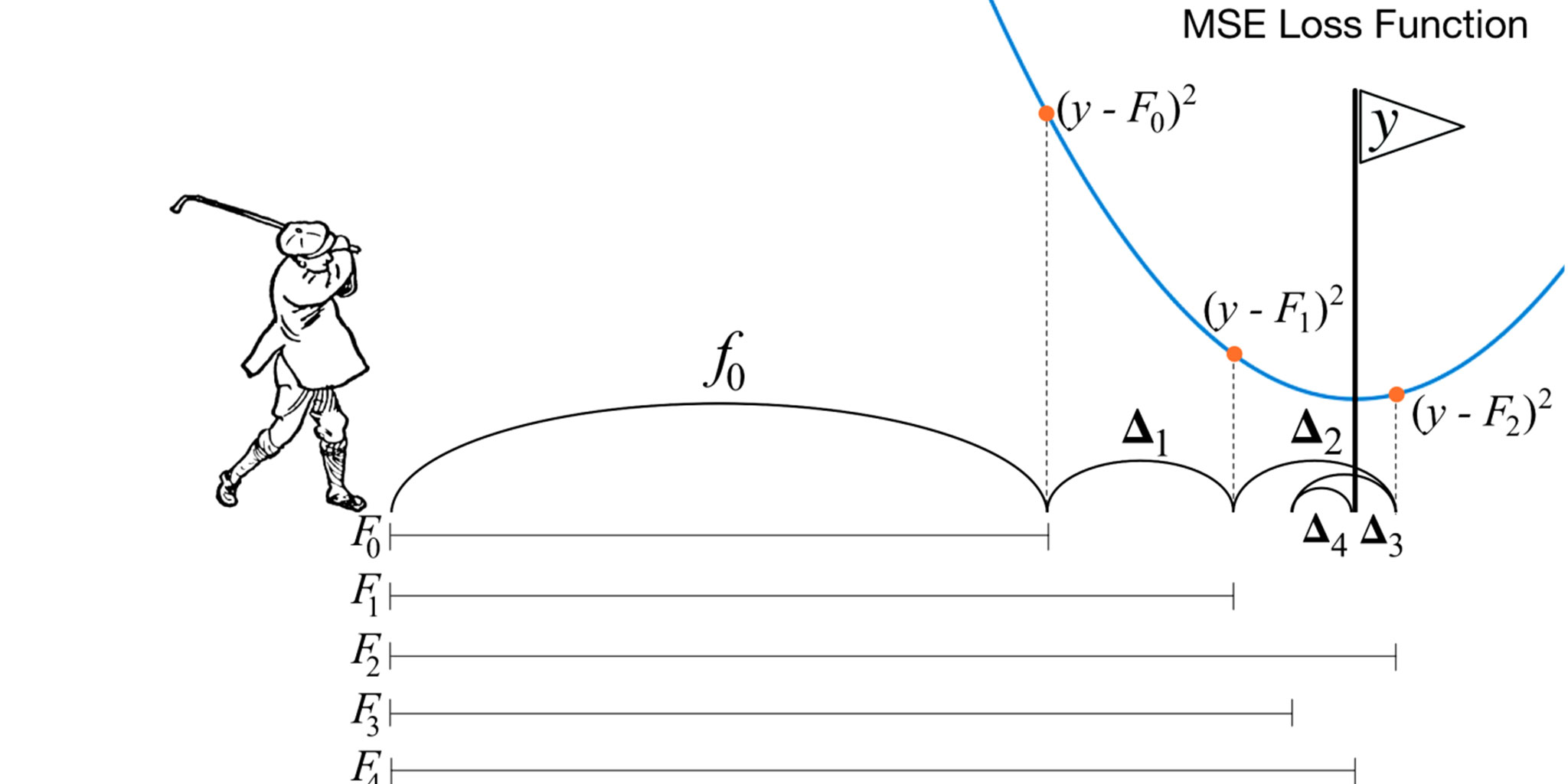AI has enormous potential in mortgage banking compliance, offering faster, more efficient ways to navigate the ever-growing maze of regulatory requirements. Yet there’s an undercurrent of risk that those of us in the industry can’t ignore: hallucinations. AI hallucinations—misleading or outright false outputs—pose a real threat to accuracy and compliance in mortgage banking. This is where new advancements, like Retrieval-Augmented Generation (RAG), are stepping in to reduce these risks by grounding AI responses in verified, real-time data.
1. Create Constancy of Purpose Toward Improvement
Establishing a culture focused on continuous improvement means prioritizing long-term optimization over short-term fixes. For instance, in escrow management, maintaining accuracy in account reconciliation and disbursements requires automated validation and auditing processes. By implementing a purpose-built automation solution, teams can reduce human error, ensure compliance with regulatory timelines, and ultimately improve customer satisfaction and operational efficiency.
2. Adopt the New Philosophy
In mortgage servicing, a proactive, tech-driven quality philosophy is crucial. In investor reporting, for example, traditional manual processes can lead to data inaccuracies and delays. Adopting real-time data validation techniques and automated workflows ensures accuracy and timeliness, improving transparency and reducing manual effort. This philosophy minimizes the risk of inaccuracies and builds stronger investor relationships through reliable data reporting.
3. Cease Dependence on Inspection Alone
Reliance on end-of-process inspections can introduce costly delays if errors are identified late. In foreclosure processes, integrated, in-process checks and validation are essential. This approach involves embedding compliance checks at each stage—such as validating property valuation or legal documentation early—reducing the risk of rework and associated costs. Automation platforms with configurable checkpoints can streamline this process, ensuring that regulatory requirements are consistently met without adding manual burden.
4. End the Practice of Awarding Business on Price Tag Alone
Vendor selection based solely on price can lead to compromised quality and security, especially for sensitive processes like document custody. Selecting vendors with proven data security, strong SLAs, and advanced integration capabilities ensures that sensitive borrower information is protected and managed efficiently. By prioritizing vendor quality, mortgage servicers reduce risks associated with data breaches, mismanagement, or delays in document handling.
5. Improve Constantly and Forever the System of Production and Service
Mortgage servicing requires continuous system improvements to remain compliant and efficient. In payment processing, automated communication and error-checking mechanisms help teams respond promptly to borrower inquiries and minimize the risk of missed or misallocated payments. By consistently refining processes, servicers can reduce borrower complaints and improve cash flow, all while staying aligned with regulatory standards.
6. Institute Training on the Job
Maintaining a high standard in quality requires ongoing training, particularly in complex areas like delinquency management. Regular, role-specific training in compliance, risk assessment, and customer interaction prepares teams to handle sensitive cases accurately and empathetically. Incorporating automated training modules and scenario-based learning in the servicing platform can keep team skills up-to-date with evolving regulations and industry standards, reducing both compliance risk and customer churn.
4. Interpretive Hallucinations
Interpretive hallucinations occur when a model makes assumptions or subjective conclusions without enough evidence. This can be especially dangerous in mortgage compliance, where decisions must be based on concrete regulatory data.
In one instance, while reviewing the Fair Lending requirements, the AI inferred that any policy impacting minority communities negatively could automatically be deemed discriminatory. While this might be a fair assumption, regulatory analysis requires concrete data and intent, not just outcome-based assumptions. If RAG were integrated, the model could retrieve recent enforcement cases or official fair lending guidelines to provide a more nuanced interpretation based on actual precedents, rather than making subjective leaps.
5. Quoting Hallucinations
Quoting hallucinations surprised me the first time I saw them. This happens when a model fabricates citations or references. In mortgage compliance, where the credibility of sources is paramount, this can be particularly damaging.
I recall the AI referencing a supposed CFPB “bulletin” on adjustable-rate mortgages (ARMs) that didn’t actually exist. If I hadn’t double-checked, I could have cited a non-existent document, undermining trust and risking regulatory backlash. With RAG, the model would only pull information from verified sources, reducing the chances of quoting hallucinations and ensuring that all references are genuine and credible. RAG could make a solution like Veritiq, which specializes in compliance, even more trustworthy by grounding its compliance recommendations in real documents.
6. Implied Knowledge Hallucinations
Implied knowledge hallucinations happen when the model implies it has up-to-date information, even when it doesn’t. In mortgage compliance, where regulations are frequently updated, this can be misleading and potentially risky.
This issue surfaced when the model confidently stated, “The CFPB recently updated rules on appraisal independence,” despite only having knowledge up to 2023. RAG would resolve this by enabling the model to access the latest updates directly from regulatory databases, such as the CFPB’s online resources. This ensures that users are provided with accurate and timely information, and it’s a capability that makes solutions like Veritiq even more dependable for compliance teams.
Veritiq and the Power of RAG in Mortgage Compliance
As compliance becomes more complex, Veritiq’s AI-enabled compliance management solution, enhanced by RAG technology, offers a much-needed safeguard. Veritiq pulls real-time regulatory data and provides grounded compliance recommendations, helping mortgage compliance teams stay on top of evolving regulations. By combining AI insights with reliable data, Veritiq reduces the risk of hallucinations and empowers compliance professionals with trustworthy, actionable insights, helping them navigate the complexities of today’s regulatory environment with confidence.
If you’re working with AI in compliance, I’d love to hear your thoughts on this. How do you see RAG changing the game, and what other challenges do you think it could address in the compliance world?


